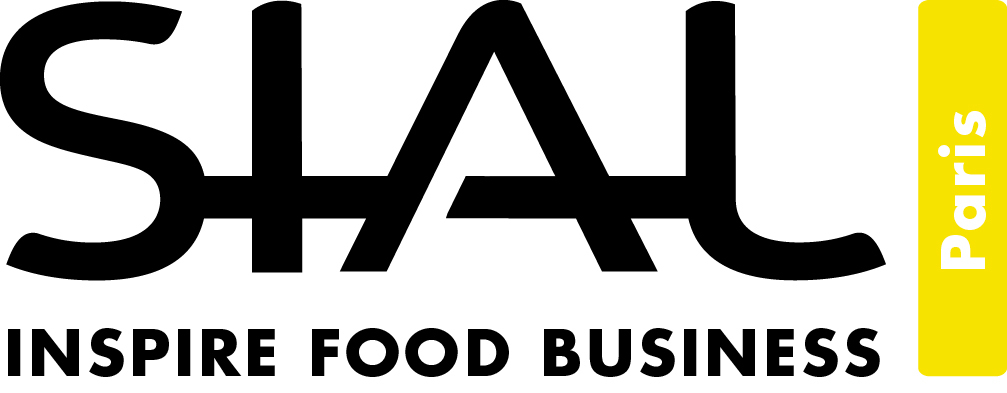3D printing in food processing: A niche innovation becoming a strategic tool
As food systems worldwide face mounting pressure to become more sustainable, efficient, and personalised, 3D food printing is gaining traction as a transformative solution within food processing. Once limited to design novelties and culinary experimentation, the technology is now evolving into a scalable tool with applications across industrial food production.
In the broader context of agri-food innovation, 3D printing reflects a growing shift towards precision processing—where foods are crafted not only for taste, but also for nutritional optimisation, reduced waste, and consumer customisation. As food processors respond to new expectations from consumers, regulators, and supply chains, additive manufacturing is opening new possibilities across multiple segments.
From experimentation to application
3D food printing is built on the principle of additive layer-by-layer deposition, using food-grade materials such as purees, doughs, gels, or plant-based pastes. While the concept has existed for over a decade, recent advances in hardware speed, ingredient formulation, and production hygiene have made the technology more compatible with industrial food environments.
Today, processors are exploring 3D printing to produce everything from alternative proteins and enriched snacks to customised baked goods. In Vienna for example, Austrian startup Revo Foods unveiled what it claims is the world’s largest 3D food‑printing plant. Their “Taste Factory” can produce up to 60 tonnes of plant‑based seafood alternatives per month, deploying proprietary extrusion technology to replicate fish textures from mycoprotein.
A key value proposition is the ability to create highly structured or visually distinctive products with minimal waste and no need for moulds or extensive tooling. This appeals especially to manufacturers in the premium or functional foods space.
Efficiency and sustainability drivers
Beyond aesthetics, the technology aligns with pressing challenges in the food sector—namely waste reduction, nutritional precision, and resource efficiency.
Because 3D printing enables portion control and can use by-products or unconventional ingredients (such as surplus produce or plant-based blends), it supports circular production models. This is especially relevant as sustainability becomes a competitive priority and companies seek to meet ESG targets.
3D printing also allows for nutrient layering and precise composition, which is increasingly important for targeted nutrition (elderly care, hospital meals, or fitness-specific foods). By digitally controlling macro- and micronutrient distribution, processors can tailor products to niche dietary needs without compromising visual appeal or consistency.
Market momentum and growth potential
According to Precedence Research, the 3D-printed food market is projected to grow from USD 535 million (approximately 463 million euros) in 2025 to over USD 7.5 billion (approximately 6.5 billion euros) by 2034, reflecting strong interest from both startups and established manufacturers. The growth is supported by rising investment in alt-protein development, functional foods, and AI-enabled food design.
Remaining barriers
Despite the potential of this innovative food processing method, challenges remain. Ingredient consistency, regulatory approval, and scaling for high-throughput production continue to limit widespread adoption. Additionally, consumer acceptance—particularly outside of niche segments—will require education and transparency around food safety, ingredient sourcing, and benefits beyond novelty.
However, as the technology matures and becomes more cost-effective, these hurdles are likely to diminish. The combination of automation, digitalisation, and sustainable innovation positions 3D food printing as a relevant tool within the evolving landscape of food processing.
In an era where the agri-food industry is being asked to deliver more with less—less waste, less land, fewer emissions, but more nutrition, traceability and innovation—3D printing represents a potential path forward.
Top image credit: Tom Claes sur Unsplash
Join us at SIAL Paris as exhibitor Join us at SIAL Paris as visitor
